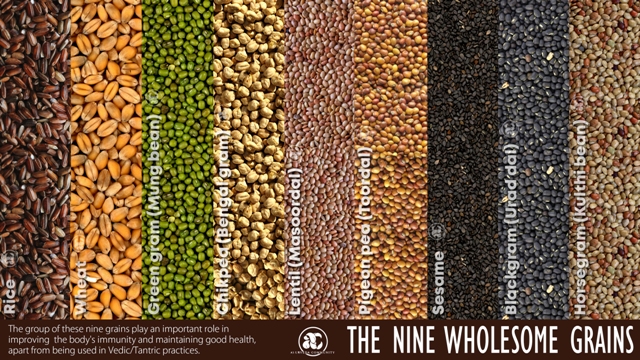Milk and Bone Health
Milk is considered a wholesome food all over the world. Human consumption of animal milk is dated back since the time of domestication of animals around 7000 BCE. Milk and dairy products have been considered essential part of a balanced diet and its benefits in improving bone health is very popular. There is no better day than June 1st, World Milk Day, to learn more on this topic. This year's milk day celebration coincides with the 20th anniversary of its establishment by the Food and Agricultural Organization in 2001 to recognize the importance of milk as a global food and to celebrate the dairy sector. Each year since then, benefits of milk and dairy products have been actively promoted around the world, including how dairy supports livelihoods of one billion people.
Though milk is considered as a elixir, there is a growing trend, especially among vegans, against use of milk and its indicated use for enhancing bone health. In this context, I would like to bring the reader's attention to what Ayurveda opines regarding milk and its role in bone health.
Milk in Ayurveda
It is regarded as one among the most nutritious food and is indicated in many diseases caused by malnutrition (such as fatigue, palpitation, giddiness, dyspnoea, thirst, hunger, bleeding disorders etc.) or in those conditions that are causing malnutrition (weakness post injury, intoxication, chronic fever etc.). Ayurvedic texts have elaborate descriptions regarding milk of various animals and its properties. Since benefits and demerits of milks of cow, goat, buffalo, sheep, camel, elephant, horse are all enlisted, we can infer that all these milks were used for human consumption in those days.
Cow’s milk is regarded best among all milks. It has multiple properties.
- Milk is widely used a medium of administration of medicaments by cooking them in milk (kṣīra pākaṃ).
- In conditions of diminished bone strength (asthi dhātu kṣayaṃ), treatments like medicated milk enema (kṣīravasti) is recommended.
- Milk is used as a medium to cook and process grains and cereals (kṣīra odanaṃ). This is not only considered wholesome and strengthening but also is light and digestive.
- There is a direct connection with milk and our innate strength to keep ourselves active and healthy (ojas).
- Milk is often taken as a base for applying medicines over the skin.
- It is notable that many widely used Ayurvedic oils like Dhānvantaraṃ tailaṃ, Kṣīrabala tailaṃ etc. have milk as its major ingredient.
According to modern nutritional science
From a nutritional perspective, we know that milk contains proteins, fats, carbohydrates, vitamins, minerals and several immuno-modulators. Major proteins found are Casein, Lactalbumin and Lactoglobulin. Milk fats are a good source of fat soluble vitamins A, D, E and K and water soluble vitamins except Vitamin C. It contains almost all minerals needed by the body and is especially rich in calcium and phosphorous.
How body maintains bone health
Human bone has an inorganic part and an organic part. Minerals, or the mostly inorganic portion of bone, consist largely of calcium and phosphorus but also include fluoride, magnesium, potassium, sodium, and strontium. The organic parts of the bone contain several proteins and ground substance, which together form the bone matrix or scaffolding (also called the extracellular matrix). Factors like age, sex, heredity, occupation and lifestyle all play their respective roles in maintaining the bones in adequate health. Hormones - Parathyroid hormone, Calcitonin and Calcitriol, are key players in maintaining bone health. Calcitriol, the active form of Vitamin D, is vital in absorption of calcium from the gut and reabsorbing it from the renal tubules. Thereby it ensures that the calcium requirement of our body is met.
The whole complex mechanism of maintaining bone health can be summarized as follows. Under the influence of Parathyroid hormone, Calcitriol, and Estrogen, among other hormones, osteoblasts (bone building cells) secrete collagen and other proteins as well as ground substance and becomes mineralized over time. During mineralization, calcium, phosphorus, magnesium, and other minerals enter bone fluid from blood and then attach to bone proteins and ground substance. Calcium generally facilitates interactions between proteins and between proteins and phospholipids in bone cell membranes to strengthen bone.
While reading through the components involved in maintaining adequate bone health, it is notable that milk acts as a rich source of almost all those required for it. Milk being the best readily available source of Calcium, Phosphorous and Vitamin D, will undoubtedly enhance bone health. One has to admit that specific references that milk increases bone health is minimal in Ayurvedic classics. Instead, milk is identified to increase the quantity and quality of all tissues in the body from food essence to reproductive tissues (dhātu vardhaka). Milk is enlisted among foods suitable for regular use. Hence, as far as Ayurveda is concerned, milk is surely recommended, not just for bone health, but for the well being of all the body tissues.




